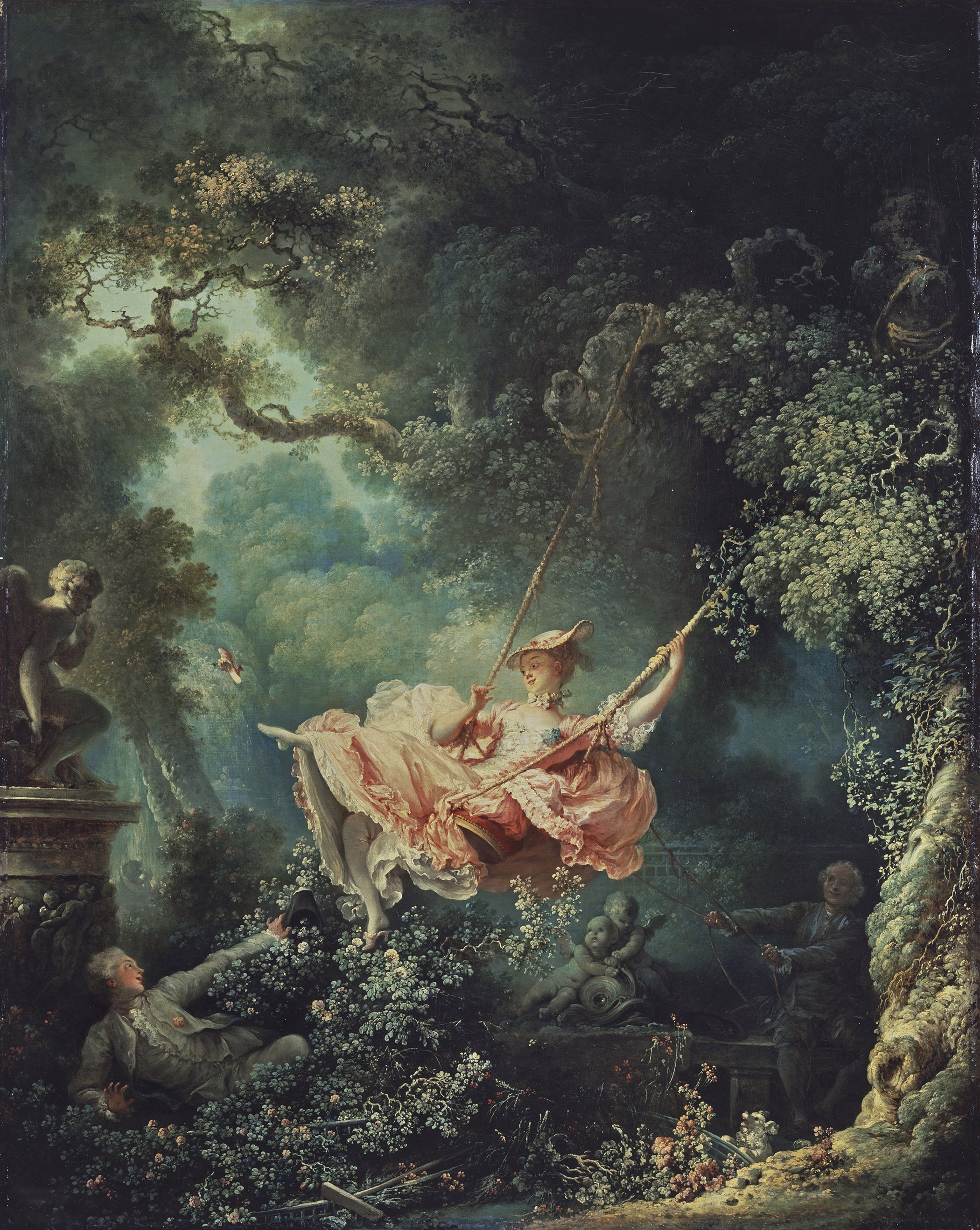Douceur de Vivre: Mondonville, Couperin, & Clérambault
The Four Nations Ensemble
Saturday, November 12 at 2:30 PM
Germantown, NY
THE ARTISTS
Pascale Beaudin, soprano
Olivier Brault, violin
Loretta O'Sullivan, cello
David Ross, flute
Andrew Appel, harpsichord
THE PROGRAM
Sonata for violin & continuo, J. J. C. de Mondonville
Pieces de Clavecin, F. Couperin
L'Isle de Délos , L. N. Clérambault
Some years ago I asked an important landscape historian a question in an effort to understand the French experience of the invented paradise known as the Classical garden, embracing Versailles, Vaux le Vicomte, and other palaces. “What was the impact on a promenading 17th century courtier? What did Mme. de Sévigné and Mme. de Lafayette feel while strolling through these hedged and flowered alley ways?” His answer: “It is as you feel while hiking through the forest or mountains marked with colored discs along the ground to tell you that you are not lost and on the right path.”
Nature, to the Baroque artist, was the source of beauty and truth, the miracle of creation, the manifestation of all life. Yet, nature was a threat. It was the impenetrable thicket growing around the sleeping princess’ palace. It was the horror of ferocious wolves and violent tempests. It was the high tide of human nature unregulated, with fury, envy, and imperfections freed to destabilize the palace.
For the artist and musician, nature was observed, studied, and imitated…to a point. Nature was to be perfected for human and civilized purposes. Think of the fox in Saint-Exupéry’s Le Petit Prince. We all want to love him, as the Prince does but the fox is quite clear…you must tame me.
In the gardens of Versailles we find so much natural wealth, all regulated, all corrected, and all for the purpose of our gratification without threat underlying a douceur de vivre, a sweetness of life. It is a gorgeous fallacy and everyone knew it.
Couperin’s treizième ordre leads us to a magical garden landscape with two floral evocations, The Birth of the Lily and Cattails. Both works are exquisite botanical sketches. They invite us to stop and admire at leisure. Couperin turns harpsichord sound into shimmering liquid. He is a musical brother of Fragonard. After another engaging evocation of delight he introduces a different nature, human nature. Les Folies Françoises is a parade of masqueraders personifying traits from virginity and hope to sloth, jealousy and frenzy. Is this the most original set of the many Baroque variations on La Folia? It is at times witty and at others, painful and disturbing. And, how strange it is that to end the entire suite he gives us The Soul in Pain. What did he have in mind taking us from a stroll in the garden to anguished regrets? Is this a warning about the futility, fragility, and vanity of our lives?
There is another “nature illustrated” in our program, the nature and physics of sound. If you touch a string on the violin in a delicate manner and at a specific point it will produce a unique and translucent sound, a harmonic. This is a unique effect and part of the nature of a vibrating string. Mondonville, one of the violin virtuosi of Paris used this to his advantage publishing a series of sonatas called Les Sons Harmoniques. He mines this phenomenon and invents a notation to show the violinist when to call on these timbres. What an excellent example of taming nature.
A Peaceable Kingdom The Island of Delos
Louis-Nicolas Clérambault, master of the French cantata, thrills and shocks us with Medea as he reveals the dangers of human nature. She, of all mythological heroines, is the nightmare of court society, the dangerous monster who cannot control her emotions of jealousy, pains, and passions. By contrast, in the cantata L’Isle de Délos, Louis-Nicolas invites us into a paradise where all is luxe, calme et volupté. The birds sing in perfect coordination, streams flow in a delightful choreography, the breezes are infused with the sounds of bagpipe and hurdy-gurdy. There is no disruption or despair. Every movement is a moment of beauty and repose. Even the triumph at the end of the cantata is woven with gentle fanfares.




